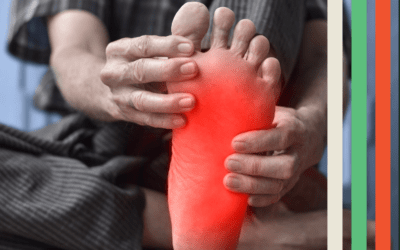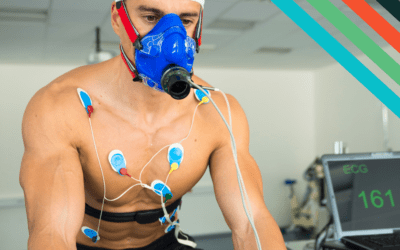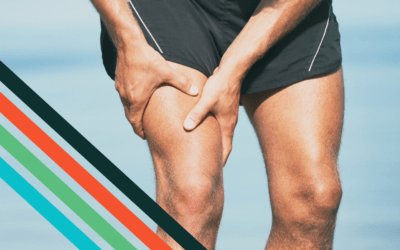Foot arch pain can sideline even the most dedicated runners—but it doesn’t have to. Whether it’s plantar fasciitis, tight calves, or something more serious like a stress fracture, understanding the root cause is key. In this post, we break down the most common reasons for arch pain and what actually works to fix them—based on real cases and current research. If you’ve tried new shoes, rest, or orthotics without relief, this is for you.
Carla Robbins
Which Test Is Right for You? A Guide to Performance & Rehab Testing
When it comes to your health, performance, or recovery, the question isn’t just “Am I doing enough?” — it’s “Am I doing what’s right for me?”
Can Gait Analysis Lead to Better Performance?
Is your running form holding you back? Gait analysis helps identify movement inefficiencies, muscle imbalances, and injury risks that can impact performance. Learn how assessing and optimizing your gait can improve stride mechanics, reduce pain, and keep you training consistently. Read on to see how small adjustments can lead to big performance gains.
Should you run with sore muscles or rest?
Running with sore muscles is a common dilemma for both seasoned and beginner runners. Should you push through the discomfort, or is rest the smarter choice?
The Science of Rest: Why Resting Between Sets Is Crucial for Training
Rest intervals are more than just a break—they are a critical component in driving performance and maximizing your results. We break down the science behind rest periods and how you can optimize them to get the most out of your training.
Is Heel Striking Bad for Running? (The Science Runners Should Know)
Heel striking during running isn’t as bad as you’ve been told. Learn what science actually says about foot strike patterns, injury risk, and how to run efficiently—without obsessing over how your foot hits the ground.
The Workout Plateau Explained: Why It Happens and How to Overcome It
A workout plateau happens when progress stalls despite consistent effort—whether in strength, endurance, or body composition. It’s frustrating, but hitting a workout plateau is also a normal part of training.
The good news? Hitting a plateau isn’t failure—it’s a chance to adjust and come back stronger. This guide will walk you through why it happens, and how to break past it with smart strategies like progressive overload, periodization, recovery, and coaching. Let’s get you back on track.
The Importance of Hip Mobility for Athletic Performance
Tight hips are stealing power from your sprints, cutting inches off your jumps, and putting your body at risk every time you train. But with focused hip mobility work, you’ll feel the difference in every stride, lift, and cut—more power, smoother movement, and fewer injuries.
Off-Season Training: The Key for Endurance Athletes Success
The off-season isn’t a break—it’s where the real work happens. Whether it’s dialing in your strength training, building an aerobic base, or finally tackling those nagging injuries, the off-season sets the tone for everything that follows. Treat it as an opportunity, not an afterthought, and you’ll step into race season with confidence, resilience, and a plan built for success. In this blog, we’ll discuss the importance of off-season training for endurance athletes and how to make it count!
Kinesiologist vs Strength Coach vs Personal Trainer vs…
The world of fitness, rehabilitation, and performance training is vast, with many professionals offering their expertise to help individuals achieve their goals. From kinesiologists and athletic therapists to personal trainers and strength and conditioning coaches, each professional brings a unique skill set to the table. But with so many titles and certifications, it can be challenging to understand who does what and how they can help. Whether you’re recovering from an injury, training for a competition, or simply trying to get healthier, knowing the differences between these roles is essential. In this blog, we’ll break down the various types of trainers and coaches, outlining their certification pathways, scope of practice, work settings, and professional regulations to help you make an informed choice for your needs.










